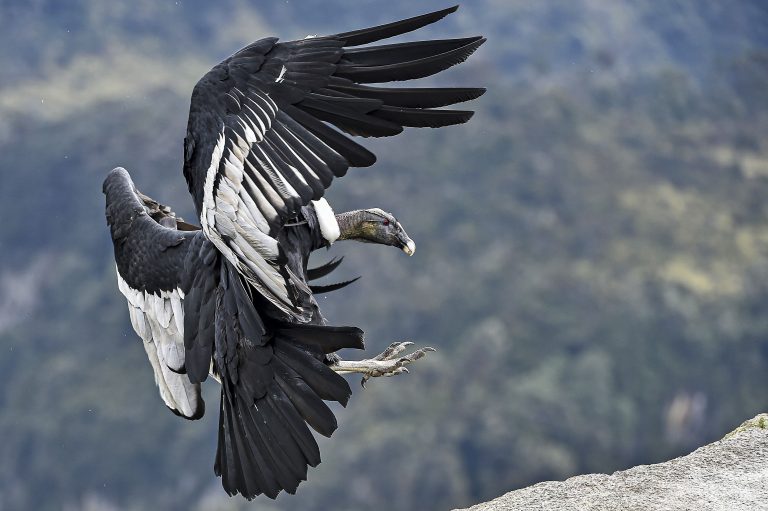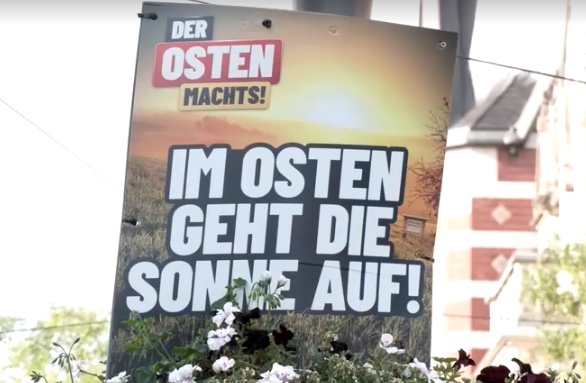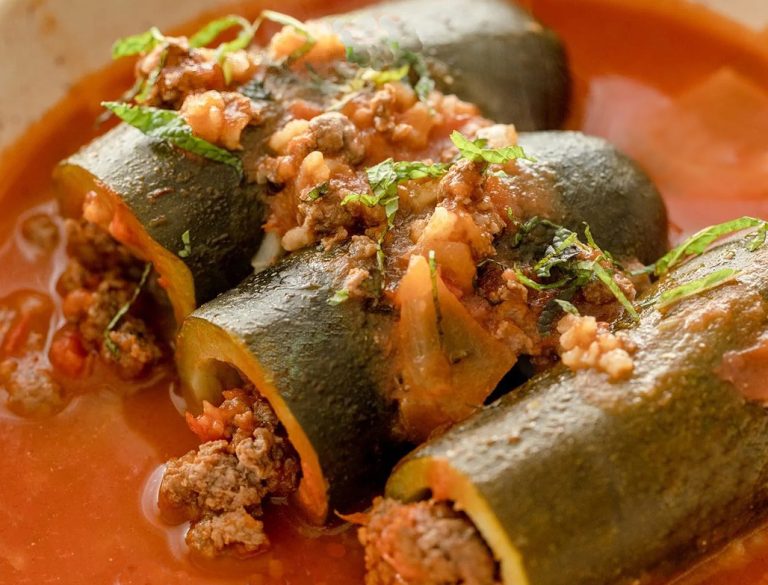An Andean condor is being treated in Santiago, Chile after it was discovered that it had lead in its blood. The discovery has unearthed more startling findings that are highlighting the problems surrounding the conservation of this endangered bird.
In late May, agents of Chile’s farming and livestock agency, Servicio Agrícola y Ganadero (SAG), found the condor ill and unable to fly, and delivered it to the national zoo to receive treatment, Reuters wrote. Upon treating the bird, veterinarians found a tracker affixed to the bird from Argentina, along with high counts of lead in the bird’s blood.
It then became clear that the damages to the birds were due to human interference, and revealed the dire need for cooperation between nations for the conservation and tracking of the species.
“The condor is moving between Chile and Argentina, it doesn’t recognize geographic or political boundaries,” Guillermo Cubillos, head of investigation and conservation for Chile’s National Zoo, said on July 18.
“We can’t make a Chilean condor conservation plan with monitoring, we have to involve investigators, or government, from Argentina,” he added.
READ MORE:
- Sandalwood – A Fragrant Tree With Spiritual Significance
- Spain Ends Traditional Bullfighting Award Amid Cultural Shift, Animal Advocacy
- How Climate Change Is Unexpectedly Benefiting the Wine Industry
Success
You are now signed up for our newsletter
Success
Check your email to complete sign up
Condors in danger
According to Cubillos, the Andean condor — an Andean cultural symbol with a wingspan of 10 feet — has become extinct in Venezuela, and it is close to extinction in Colombia. The International Union for Conservation of Nature (IUCN) estimates that there are around 6,700 wild condors left in the wild.
Unfortunately, these carrion eaters have been frequenting landfills across Chile, scavenging for rubbish since their natural prey has become scarce, a 17-year study published in 2005 showed.
In one visit to one of the largest landfills in Chile’s Tiltil, Reuters spotted dozens of condors feasting on garbage. Veterinarians warned that the high lead levels could mean that the birds are consuming contaminated content or prey with lead in them.
The researchers also discovered that females and juveniles are more likely to eat trash, given their lower positions in the pecking order.
It is believed that with the decline of traditional livestock farming, the condors’ food source of carrion had also decreased, forcing them to the landfills.
Though this might help the condors, it also puts them and their young at risk of poisoning. The researchers treated 14 poisoned condors during the study; eight of them died. The condors were also found to have consumed plastic bags, proving the damage done by eating landfill waste.
“We have to control the areas where wildlife and human activities clash, like landfills,” Mauricio Fabry, head of Santiago’s environmental department, said. “So that this species, that’s important to the ecosystem, that transforms death into life, keeps existing in our landscapes.”
Hope for the condor
Thankfully, there is hope for the survival of the condor species as a whole. In California, there has been a promising resurgence of the California condor, a species of condor once nearly extinct in the 1980s. By 2022, there were more than 200 birds left in the wild, thanks to a recovery program started during their bleaker years.
This year, the Los Angeles (LA) Zoo was able to successfully hatch 17 California condor chicks, beating a previous record set in 1997 when 15 chicks were hatched.
“Our condor team has raised the bar once again in the collaborative effort to save America’s largest flying bird from extinction,” Rose Legato, Curator of Birds for the LA Zoo, said in a statement.
While still listed as critically endangered by the IUCN, there is still the chance for “a significant rebound over the next century.”







